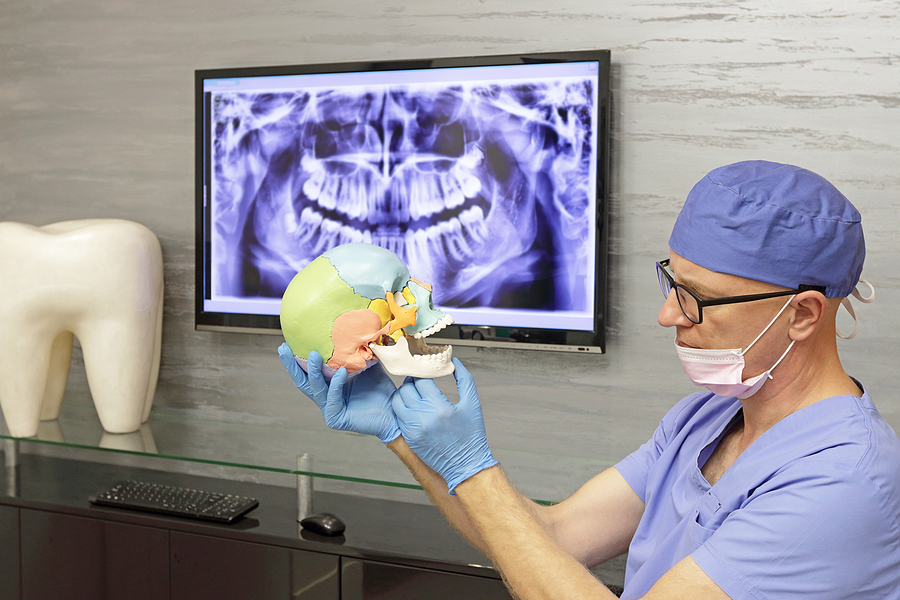If you’ve ever experienced pain in your jaw or face, you may be suffering from a condition known as Temporomandibular Joint (TMJ) disorder. This common condition can cause a wide range of symptoms, including facial pain, difficulty chewing, and headaches. While the exact cause of TMJ is still unknown, there are some simple steps you can take to help manage your pain and minimize its impact on your life. This blog will explore four tips for relieving TMJ pain.

Reduce Stress
Stress is one of the main triggers of TMJ pain and can exacerbate existing symptoms if not properly managed. Taking steps to reduce stress in your life can go a long way towards improving your overall wellbeing, as well as reducing the severity of TMJ-related pain. Consider taking up a mindfulness practice such as yoga or meditation to help manage stress levels. Additionally, make sure to get plenty of restful sleep each night and take regular breaks during the day to prevent burnout.
Practice Good Posture
Prolonged poor posture can put unnecessary pressure on your jaw muscles and lead to increased tension in the area, resulting in TMJ pain and discomfort. Practicing good posture helps keep your neck and back aligned correctly, which will alleviate any undue pressure in those areas that could be exacerbating your TMJ symptoms. Make sure to sit up straight when working at a desk or computer, with feet flat on the floor and shoulders relaxed. When standing or walking, maintain an upright posture with shoulders back and head level with no forward tilt of the chin or neck region—this also helps prevent headaches!
Exercise Regularly
Regular exercise has been shown to reduce muscle tension throughout the body – including that caused by TMJ disorder – while also helping improve moods which can further alleviate any associated stress or anxiety surrounding this condition. There are several exercises designed specifically for those with TMJ disorder; however, low-impact cardio activities like swimming or walking can also provide relief from muscle tension while increasing blood flow throughout the body—a key component in reducing joint-related pain over time!
Visit Your Dentist

If self-care methods are not providing adequate relief from your symptoms, it may be time to visit a dentist for more intensive treatment options such as physical therapy sessions or even surgery if necessary (in extreme cases). Dentists, like those at Stobbe Family Dentistry, Implants, and Orthodontics, are trained specifically in treating all types of dental problems—TMJ included!—and will work with you to come up with an individualized plan tailored just for you so that you can start feeling better soon! Plus, many dentists offer preventive care measures such as mouth guards which can protect against potential future episodes of painful TMJ flare-ups!
Living with chronic conditions like Temporomandibular Joint (TMJ) disorder doesn’t have to mean living with constant pain and discomfort if you’re willing to make small lifestyle changes that add up over time! Reducing stress levels while practicing good posture and exercising regularly are easy ways you can start making positive changes today; plus visiting a dentist if self-care techniques aren’t providing enough relief could provide additional support down the line! Remember—you don’t have to do it all alone; reach out for help when needed so that you can start feeling better soon!
Written by: Lizzie Weakley
About the Author:
Lizzie Weakley is a freelance writer from Columbus, Ohio. In her free time, she enjoys the outdoors and walks in the park with her husky, Snowball.








